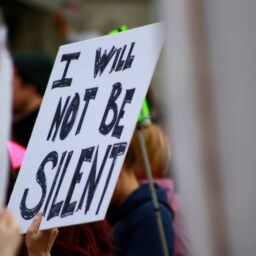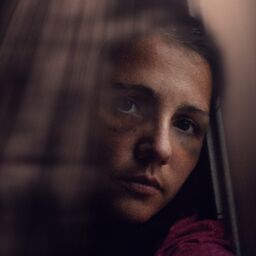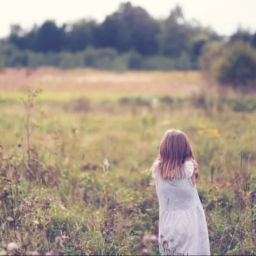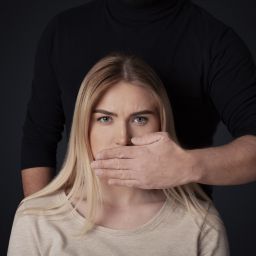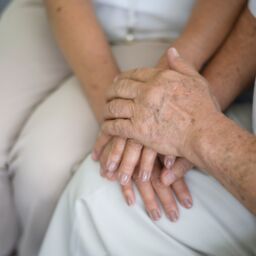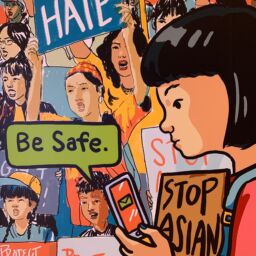
By Rashmi Negi
According to Childhelp.org, more than 3 million children are abused in the United States every year (Childhelp.org, 2020). It is appalling that one in every three girls and one in every five boys can become the victims of child abuse.
Different forms of child abuse can leave long-term scars, both on the outside and the inside.
What is Child Abuse?
Child abuse and neglect is an act, or failure to act, by a parent or caretaker which presents a severe risk of harm or death, serious physical or emotional harm, sexual abuse, or exploitation.
It is the responsibility of adults to keep children safe and sound. It is essential to identify and recognize the signs of child abuse. So, it’s important to be mindful of children’s welfare and social development.
Forms of Child Abuse
Physical abuse: When a parent or caregiver causes any non-accidental physical injury to a child, including striking, biting, kicking, burning, or any action that results in physical impairment.
Sexual abuse: When an adult uses a child for sexual purposes or involves them in sexual acts. This also includes child trafficking and child pornography.
Emotional abuse: When a parent or caregiver injures or harms the mental health or emotional stability of a child. One can observe a child’s behavior, attitude, and other habits. Anger issues, depression, anxiety, and nervousness can all be signs of emotional abuse.
Bullying and Cyberbullying: Bullying is consistent targeting of any form, such as striking, embarrassing, or harassing a child. Cyberbullying is a form of constant targeting online via email or social media platforms like posting, commenting, or sending messages to bring down a child.
Neglect: When a parent or caregiver ignores or refuses to care and provide affection and support to a child
(Childhelp.org, 2020).
Stop the Abuse
Parents should learn about their children’s behavior and try to understand what they can and can’t do at different ages. They must be reasonable and try to understand what their children are capable of and what they are not capable of.
Parents and caregivers should be an example to children by developing healthy eating habits and avoiding excessive use of drugs and alcohol. Being a caregiver is a full-time job, and parents and guardians should always be mindful of the words they use and the environment they are raising their child in. Hurtful words or language can leave an imprint on children’s minds for a lifetime.
Some things that can be helpful to remember: It is possible to discipline children and create ground rules without physical punishment. Watching violent programs in front of children or allowing them to watch such programs can be harmful. Taking a break before reacting to children’s misbehavior can stop someone from making a decision they regret. It may also be a good idea to join a program about parenting for support and better understanding (URMC, 2020).
Abuse Refuge Org offers a survivors group for abuse survivors to come together, share their experiences, and provide and receive support. Visit GoARO.org to learn more about ARO, and please consider donating to help ARO support the abused.
References
Childhelp.org. (2020, August). Childhelp.org. Retrieved from Child Help: https://www.childhelp.org/child-abuse/
URMC. (2020, August ). URMC.rochester.edu. Retrieved from URMC: https://www.urmc.rochester.edu/encyclopedia/content.aspx?contenttypeid=1&contentid=1565



